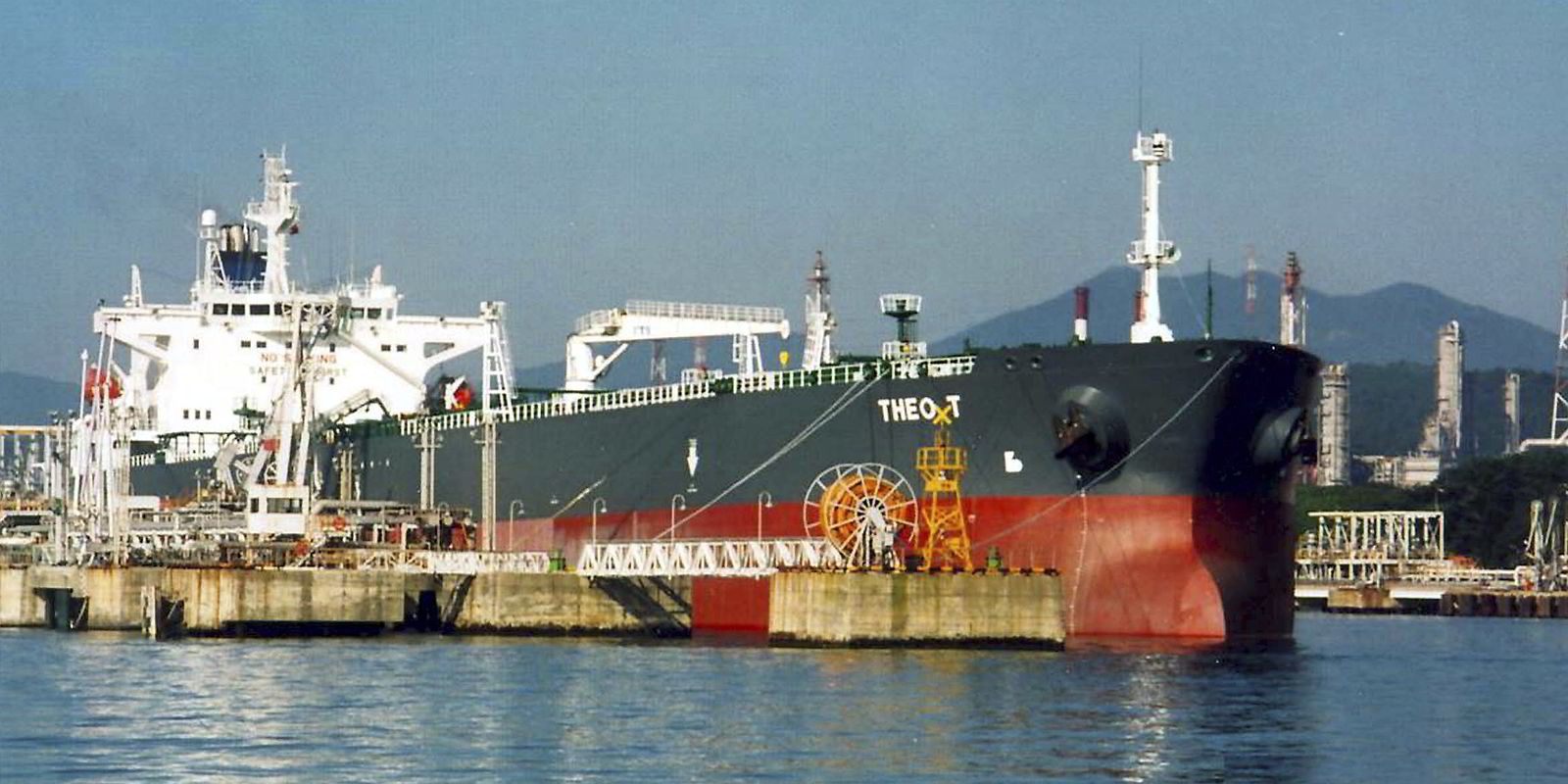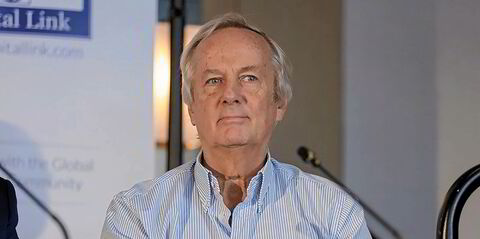Energy firms expect US crude will continue to find overseas customers in the coming years through major bets on new pipelines.
US crude oil exports have averaged 1 million barrels per day over the past three weeks, according to US government data. Axia Capital Markets analyst Clinton Webb says a combination of lower domestic demand due to refinery maintenance and favourable prices should help keep US exports steady in the short-term.
“We expect that exports are likely to continue at a similar rate with sporadic increases based upon favourable (price) differentials,” Webb said.
He also notes new pipeline capacity to the US Gulf Coast will increase the amount of crude available for export.
Connecticut-based trading firm Castleton Commodities is one of the backers of the just announced Epic Pipeline. The $1bn project, expected to be completed in 2019, will bring up to 440,000 barrels per day of crude oil to Corpus Christi.
The Cactus Pipeline will also bring more crude oil to Corpus Christi. That pipeline is expected to increase capacity to 390,000 barrels per day from 250,000 barrels per day later this year.
Last year saw the start of exports from the Occidental-owned Ingleside Terminal in Corpus Christi. Cargo tracking firm ClipperData says some 8 million barrels of crude oil have gone across that dock since last November.
The Dakota Access Pipeline, which was recently approved for final construction, will also be able to bring crude oil from the northern reaches of the US to the Gulf Coast for export out of a marine terminal in Nederland, Texas.
Likewise, an increasing amount of crude from west Texas will be able to flow eastward to the Gulf through the BridgeTex pipeline, which will carry 500,000 barrels per day of crude oil to export docks at the Houston Ship Channel.
Buyers in China and South Korea have been most interested in US crude, benefiting overall tonne-mile demand. It’s unclear as yet whether they will remain buyers in the long run or are just using US crude to offset cuts from other producers. But Webb says the new infrastructure is a net positive for the tanker market.
“Whether or not a steady USGC to Asia crude trade develops remains to be seen, but it would be a positive development for midsized tankers given current rate weakness,” Webb said.



